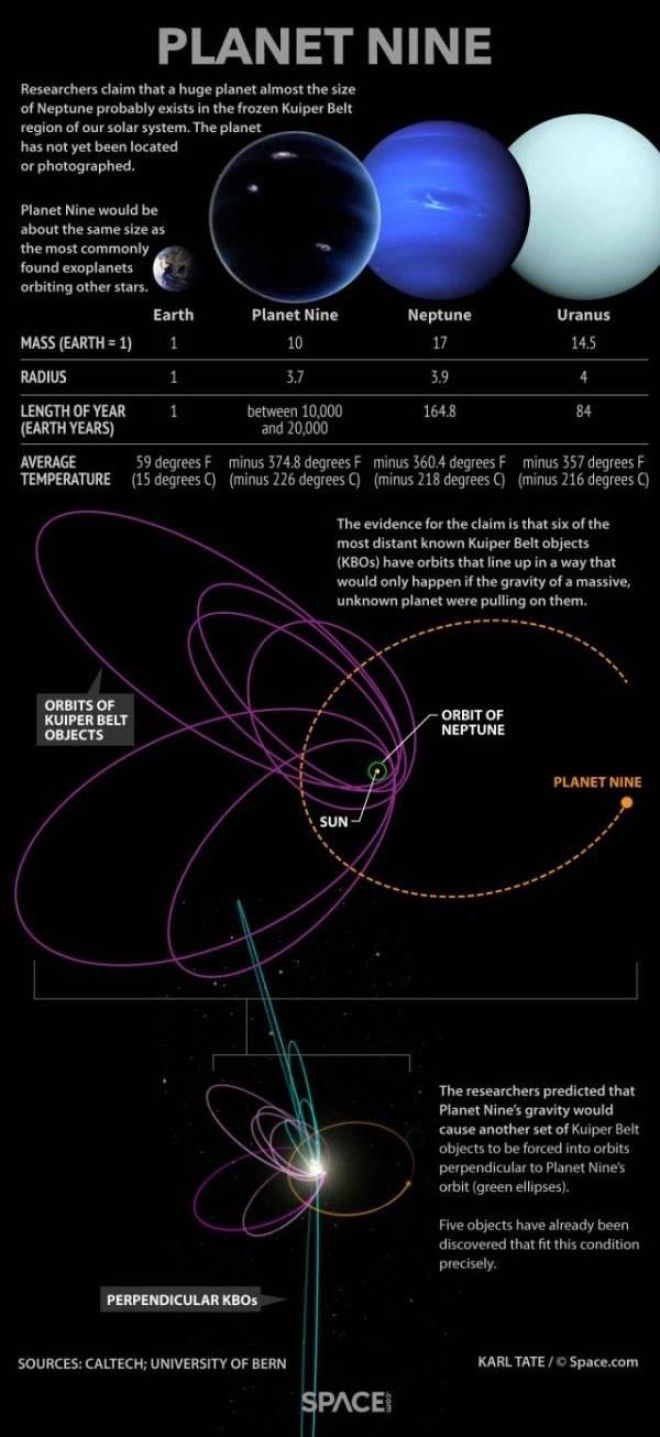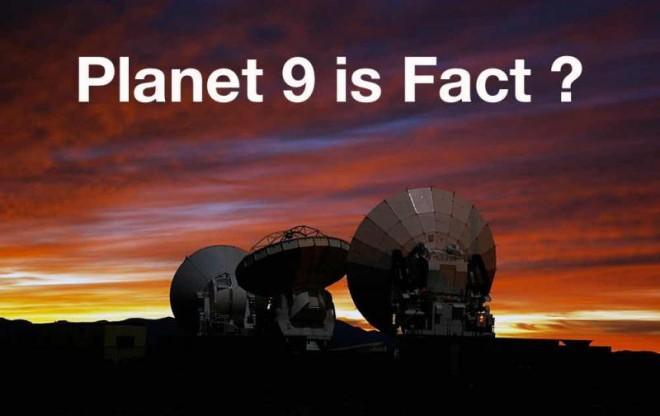
The new study, published by Christoph Mordasini and Esther Linder in Astronomy & Astrophysics, suggests that Planet 9 is an ice giant, smaller than Uranus and Neptune. Mordasini and Linder also predicted that if the planet is the size they believe it is, several more objects should be forced into orbit around it. So far, they have located five objects that fit these conditions.
That’s not to say we’ll be able to see it, though. The planet’s hypothetical orbit is so far from the sun that most of its energy would be produced by its own core. This distance from the sun makes it difficult for traditional telescopes to pick up any light that it might reflect. Thus, Linder and Mordasini don’t believe existing telescopes are powerful enough to detect the planet.
But catching a glimpse of this mysterious planet is not out of the question. The Large Synoptic Survey Telescope, currently under construction in Chile, is “designed to take a ten year survey of the Universe” using a 3200-megapixel camera which will most likely be able to spot Planet 9 — if it exists.
Mordasini and Linder’s work builds on the research of astronomers at Caltech, who essentially showed that Planet 9 isn’t just a myth. While modeling orbits of several objects in the Kuiper Belt, they realized that these orbits would not take their shapes without the effects of gravity from an unknown planet — which they believe is probably ten times more massive than Earth, and located out past Neptune in the Kuiper Belt. In other words, it was Planet 9 that shaped these orbits.

